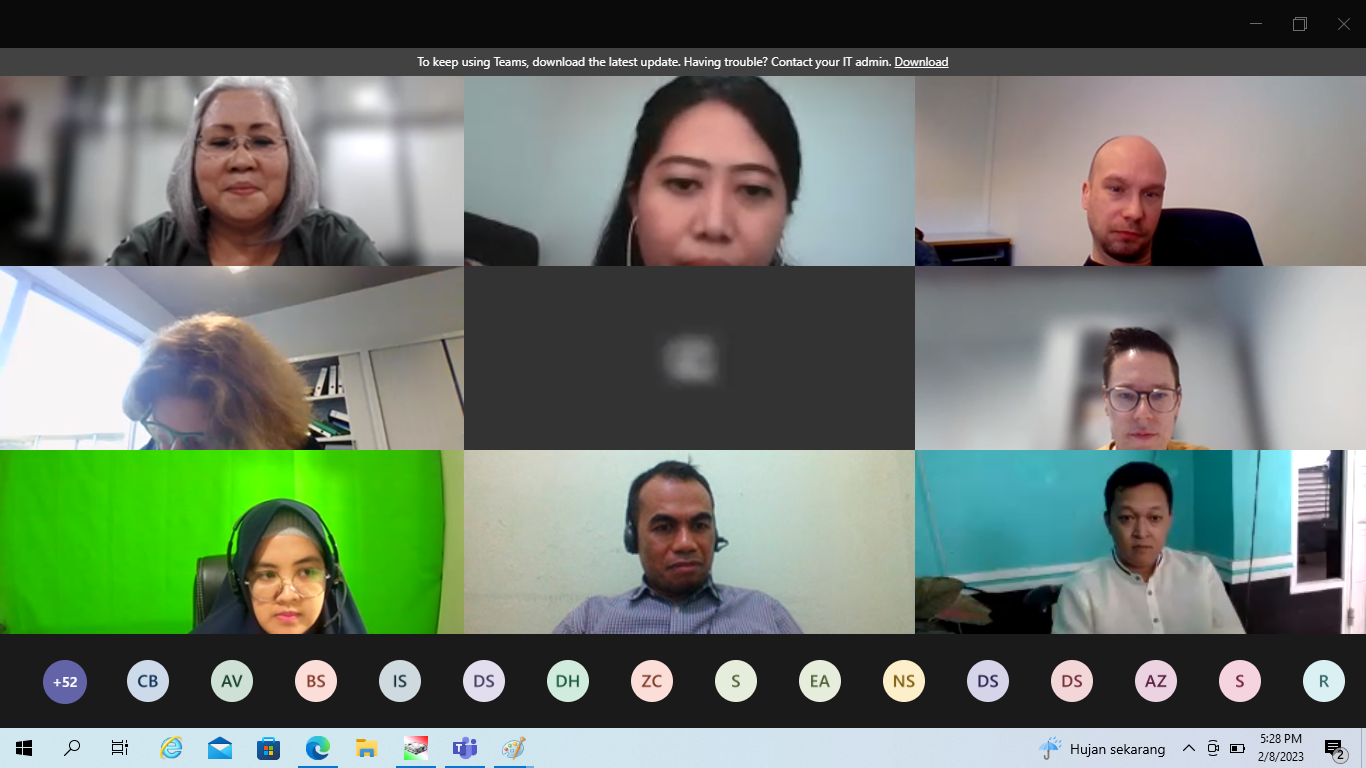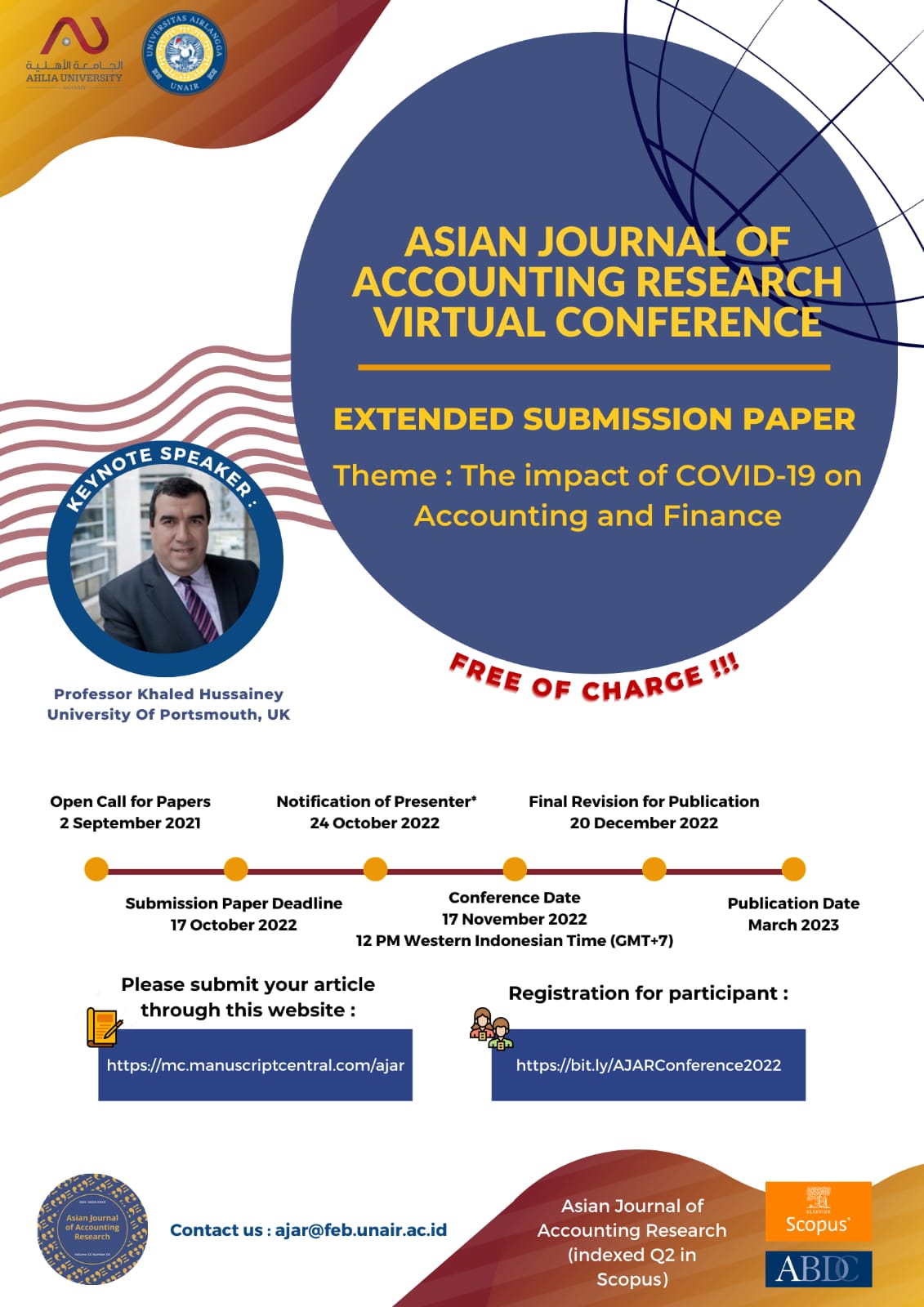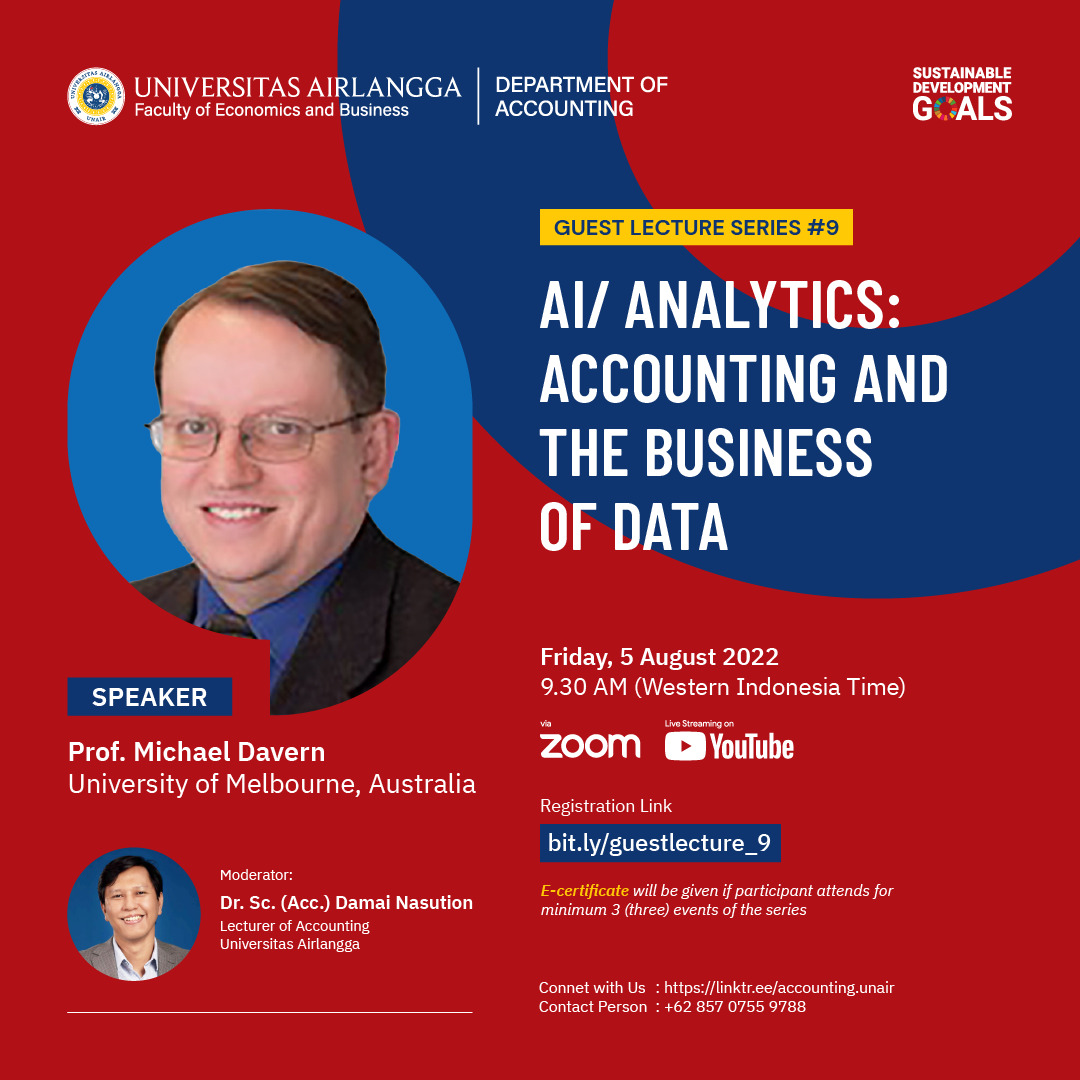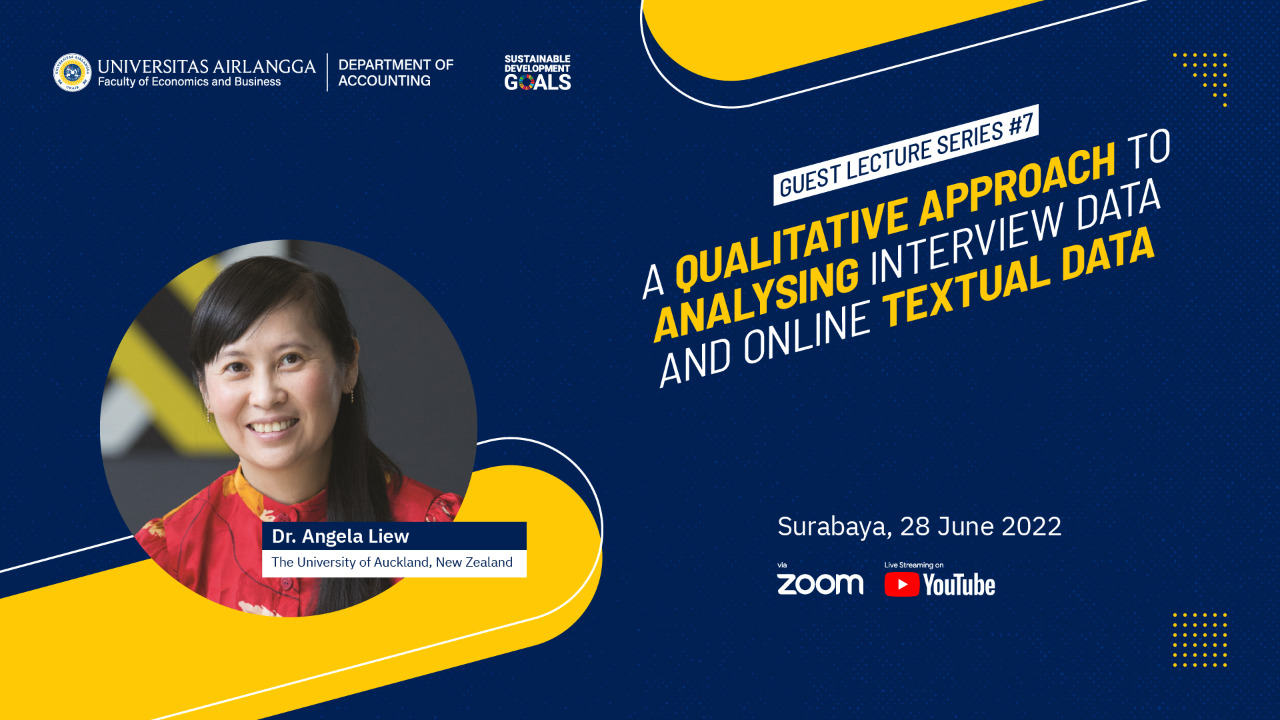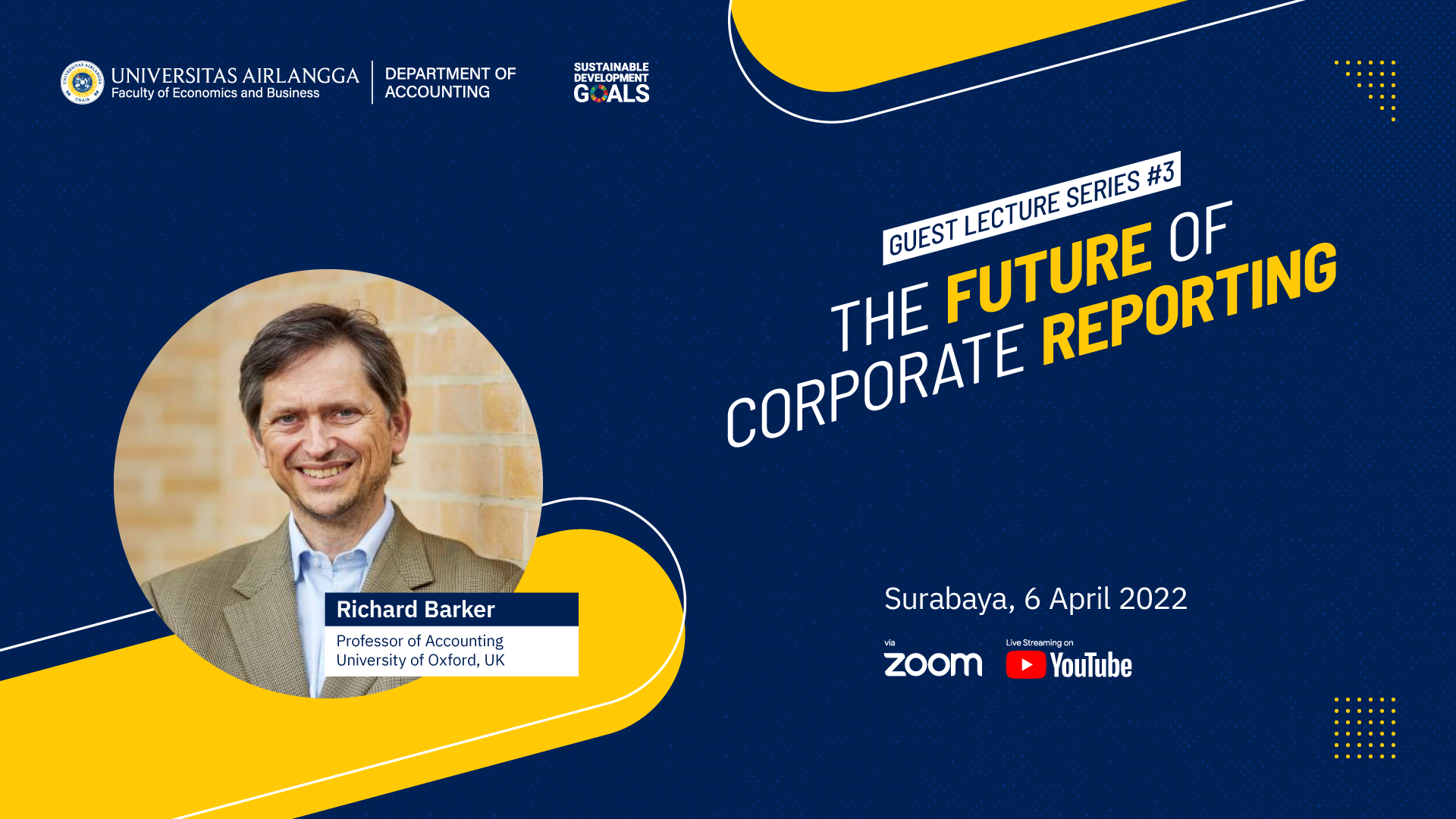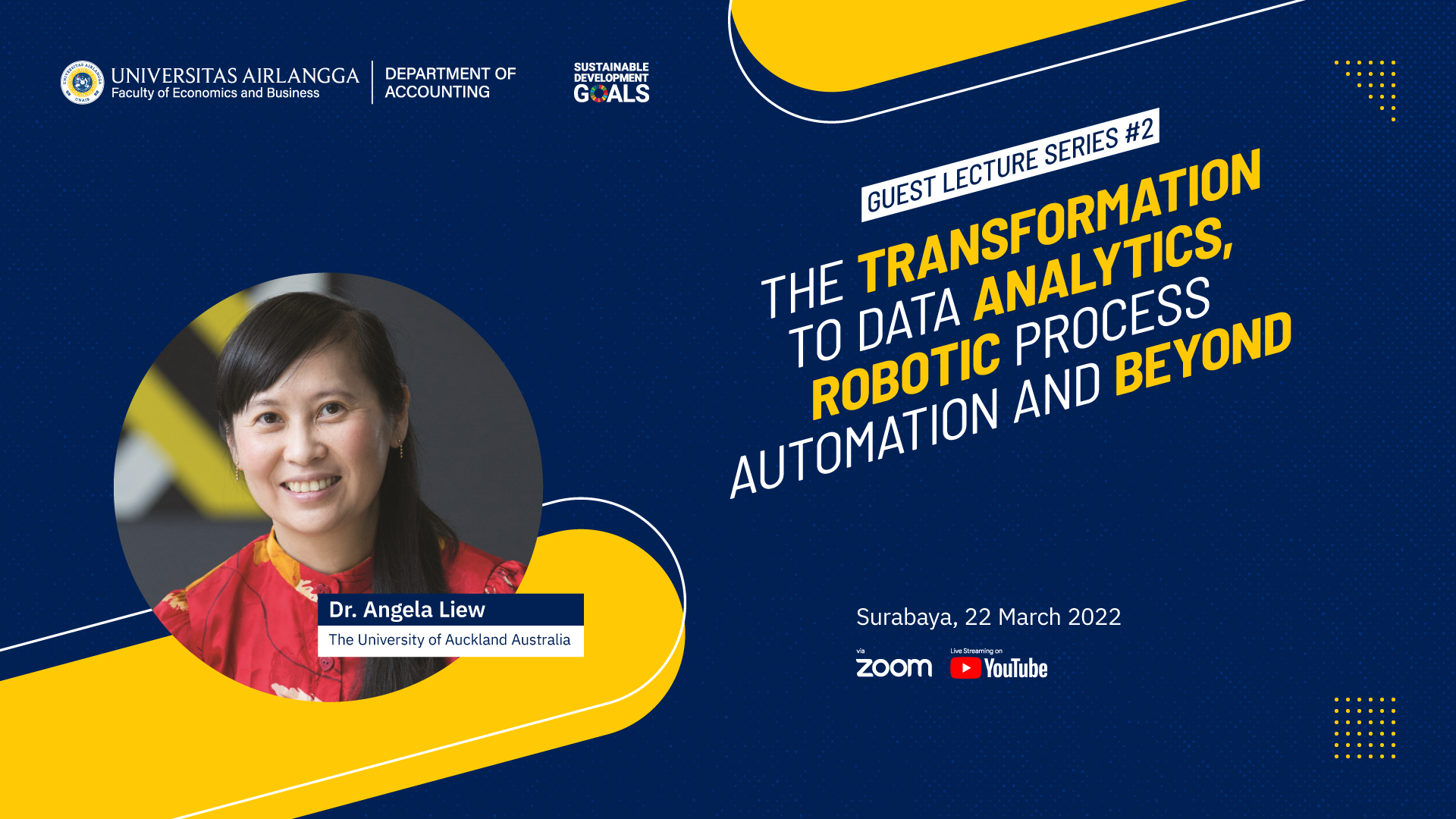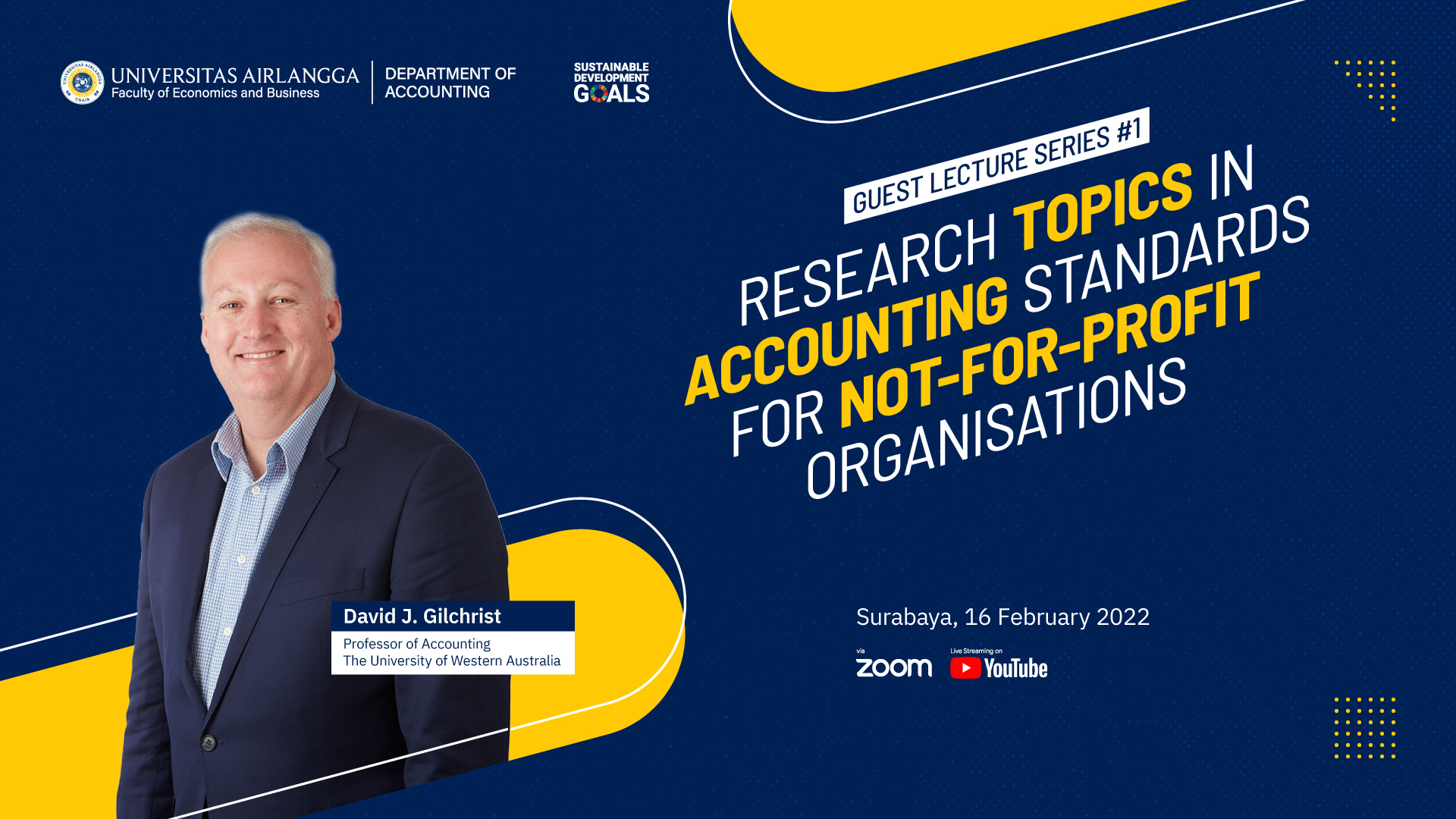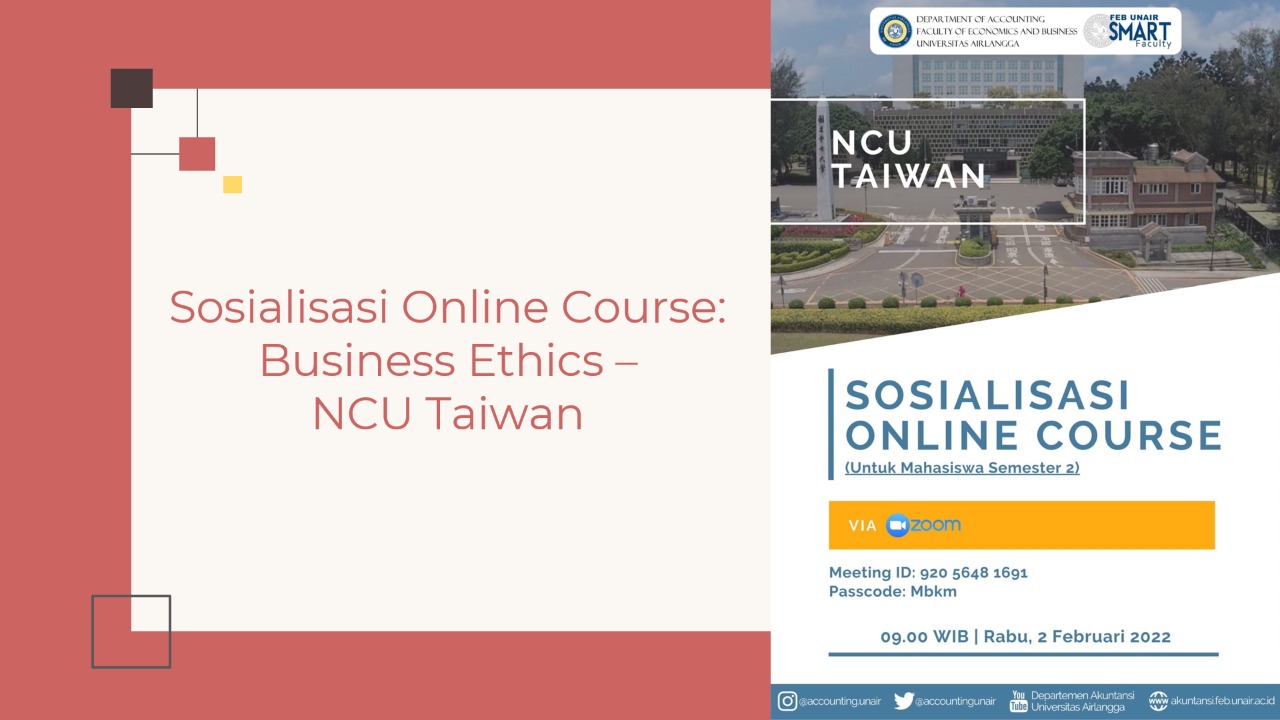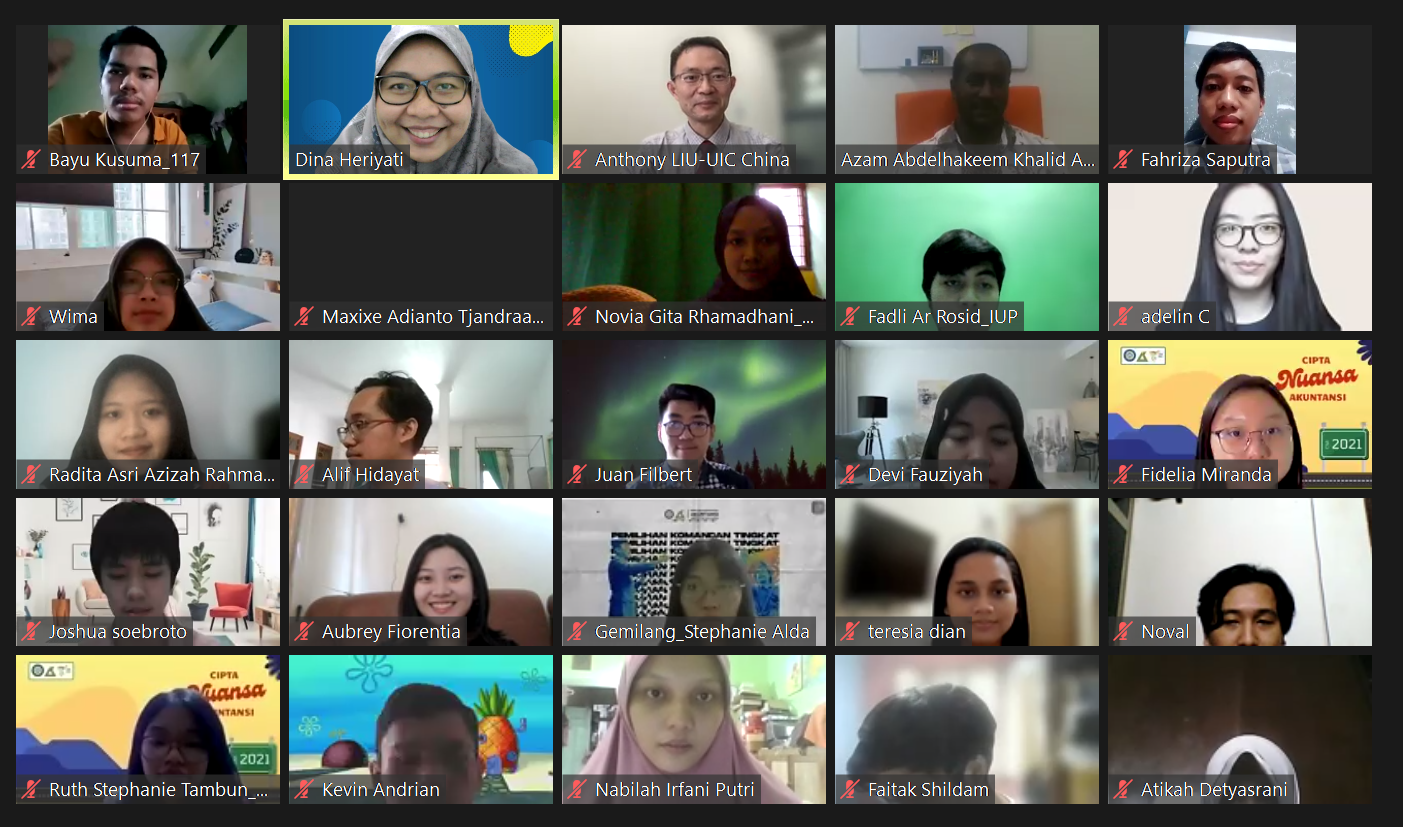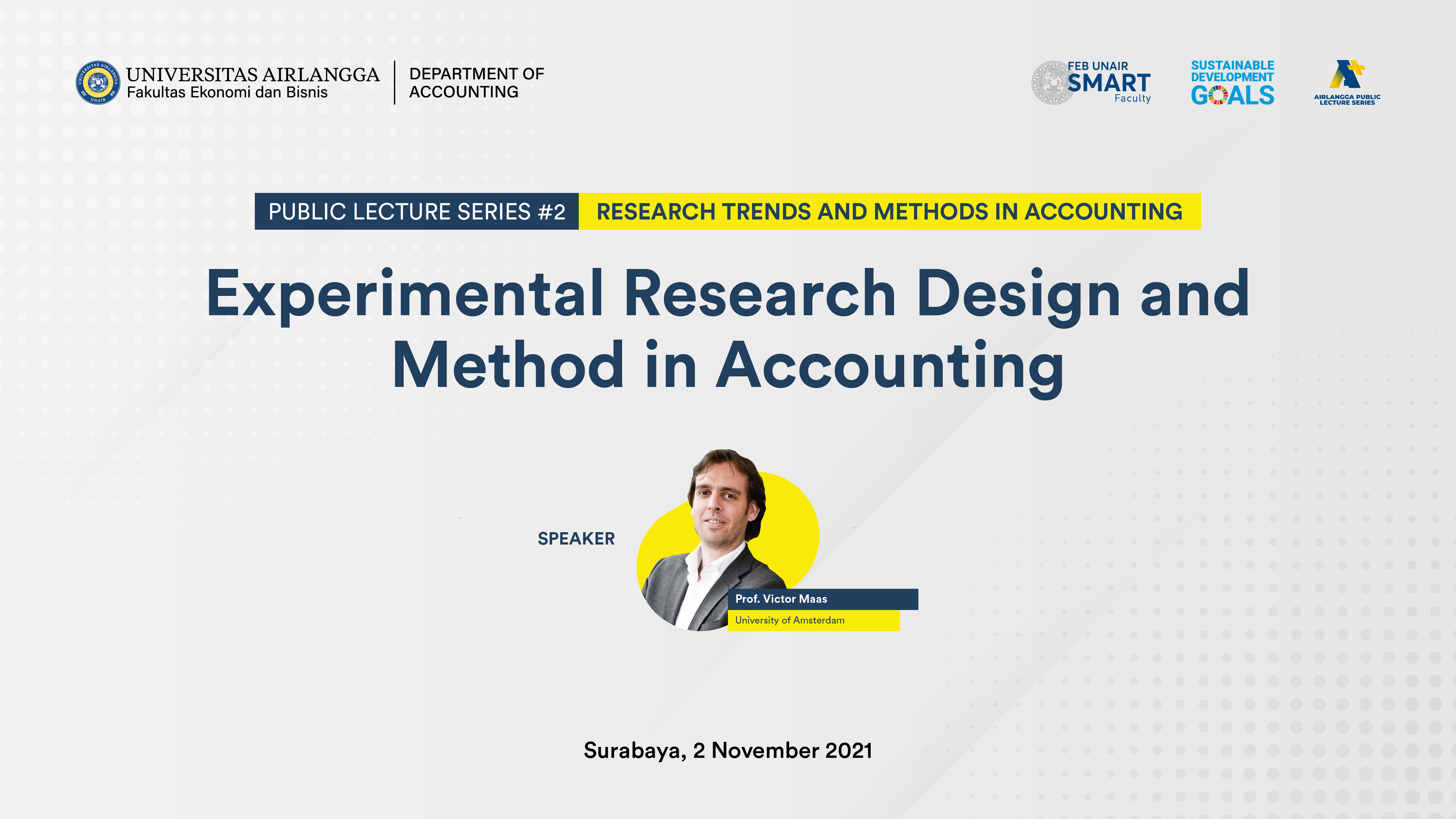
INSIGHT - "An Information Technology (IT) manager must be able to combine the right knowledge about the benefits and drawbacks associated with the use of big data and analytics, to design an effective digital strategy and implement it in their organization" (Vincenzo Morabito, 2014)
There are many ways to define what big data is, and perhaps this is why big data is still a very difficult concept to understand across all disciplines, including in Accounting and Information Systems. In all big data based applications, managers in the organization are constantly striving for excellence. However, to achieve this, too many variables can increase the complexity of the application model, including process accuracy or efficiency.
Big data refers to the availability of heterogeneous and constantly updated information for large amounts of organizations. Practitioners agree that the availability of such information creates unprecedented challenges and opportunities for organizations. Therefore, the main purpose of this article is to provide insights and stages of building an inspiring business model to practice digital business innovation through big data and analytics approaches.
The application of big data in organizations that we can see today is the effect of Artificial Intelligence (AI) on the physical product market. One example is the consumer database in information systems, trademarks, economic and financial databases, patents, and many others. In almost all sectors, AI is used with the ultimate goal of creating or improving new products in an organizational ecosystem.
Why do organizations need big data so badly? The basic answer that can be expressed is to create a competitive advantage, make a product different from competitors' products. The concept of competitive advantage has created a kaleidoscope of perspectives on sources and mechanisms for production.
Some of the world's researchers explore the innovative capabilities of the growing big data phenomenon by discussing not only related to product production or how to create a competitive advantage, but also discussing problems related to its methodology, its impact on organizational business models, new tools for business analysis, including challenges faced by many business organizations.

Figure 1. Organizational Knowledge Through the Big Data Approach
Source: Special Issue on Big Data and Organization Design by Richard M. Burton, Dolly Mastrangelo, Fabrizio Salvador, 2014
The main point that organizations face with big data and analytics is designing effective digital strategies and implementing them in their organizations. In the IT manager's perspective, big data is often described as a potential opportunity for business firms and other types of organizations. Companies that are experts in using big data, of course, are already using their analytical skills to create a strong competitive advantage.
Figure 2 shows how the development of an organization through the big data approach. Through this picture, it will also show a framework that breaks down big data and analytics into several processes and how these processes fit into the organization, which allows organizations to extract business value and competitive advantage from big data.
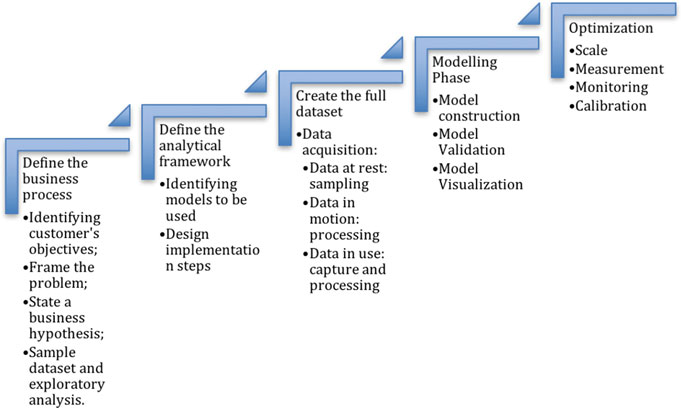
Figure 2. Big Data Development Process in Organizations
Source: An Introduction to Data Everything You Need to Know About AI, Big Data and Data Science by Francesco Corea, 2019
In general, it can be explained that an organization's ability to apply a big data approach must go through various stages. Starting from the company determining its business processes, and this is very important to take the next step. After the business process is known, then create an analytical framework to determine the appropriate implementation model and design. After the model analysis framework is established, the organization begins to obtain data from various data sources (big data) and then runs the model construction phase. Apart from construction, the model must also be validated and visualized. The final stage as the determination stage is model optimization, where in this stage the organization measures, monitors and calibrates the model created.
Many organizations today make important decisions in real time and are able to keep up with the rapidly changing digital age environment. Their experiences can serve as lessons for other organizations interested in the organizational, managerial, and cultural changes that enormous data analytics capabilities require.
The combination of technological advances in data analytics, the increasing availability of big data sources, the attention it is getting from the topic, and continuous innovative efforts have contributed to the generation of, in recent years, a number of big data-focused start-ups. The need to link physical actions, experiences and characteristics with the digital partners of organizations is increasingly urgent, as it is possible to integrate the two worlds and act on them on a multidimensional level. Understanding the opportunities arising from this highly dynamic field of innovation requires first-hand observing the projects and topics that research centers in the organization are working on. When an idea is valuable, the underlying research project is often a spin-off, reaching the market in record time and developing through experience and collaboration the execution capabilities to make it a reality.
The insight gained in this paper is that no matter what business is considered, big data has a strong impact in every sector. Good modeling requires data algorithms and procedures, and more importantly, an understanding of the business context, insight into data, and how one can take action based on the results of the analysis. The most important part of the process is identifying key data.
An understanding of the business and data context helps organizations identify good data transformations. It is imperative to identify data sources and creative ways to obtain them and use them. Therefore, data testing must be continuously carried out to ensure cleanliness, accuracy and relevance.



